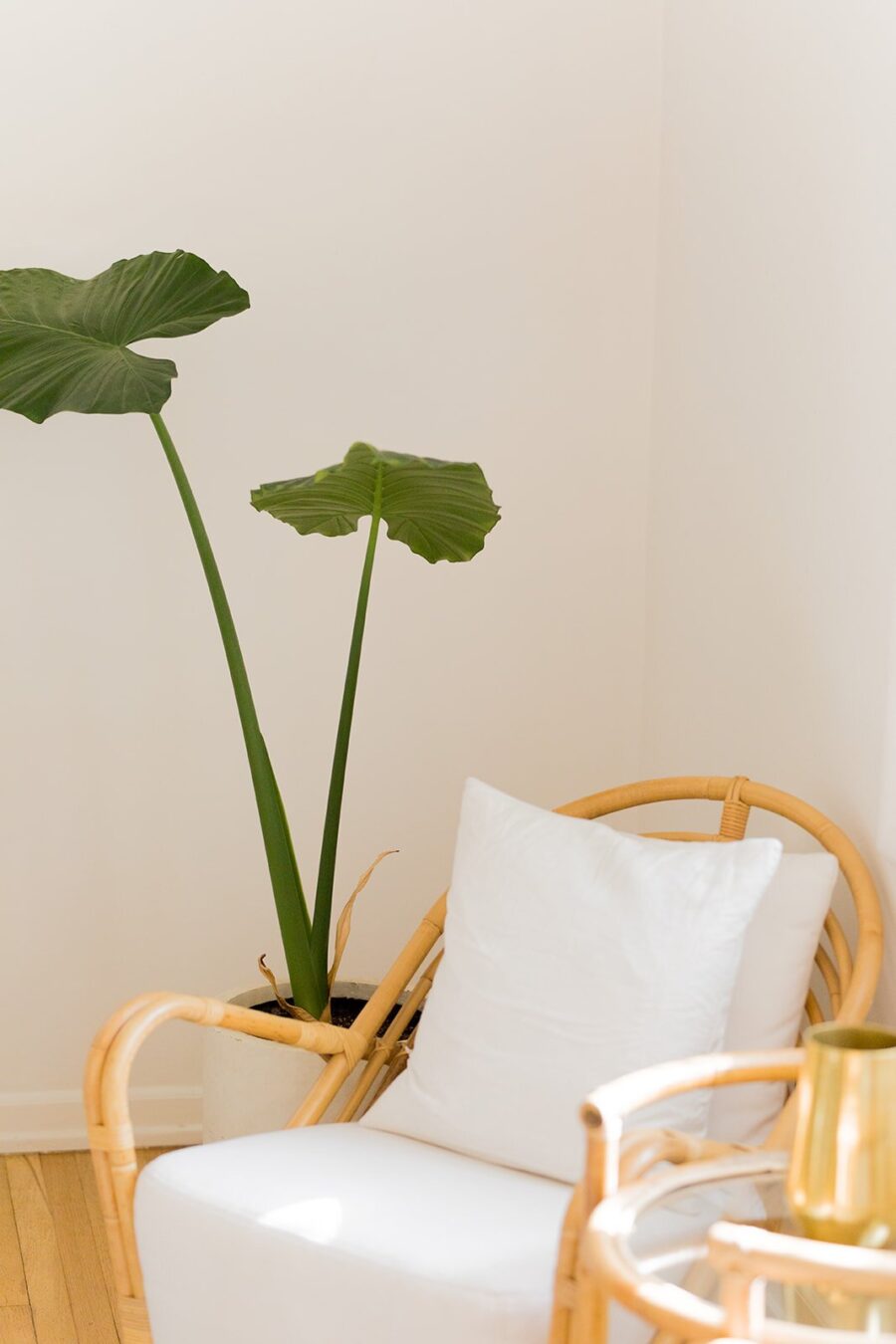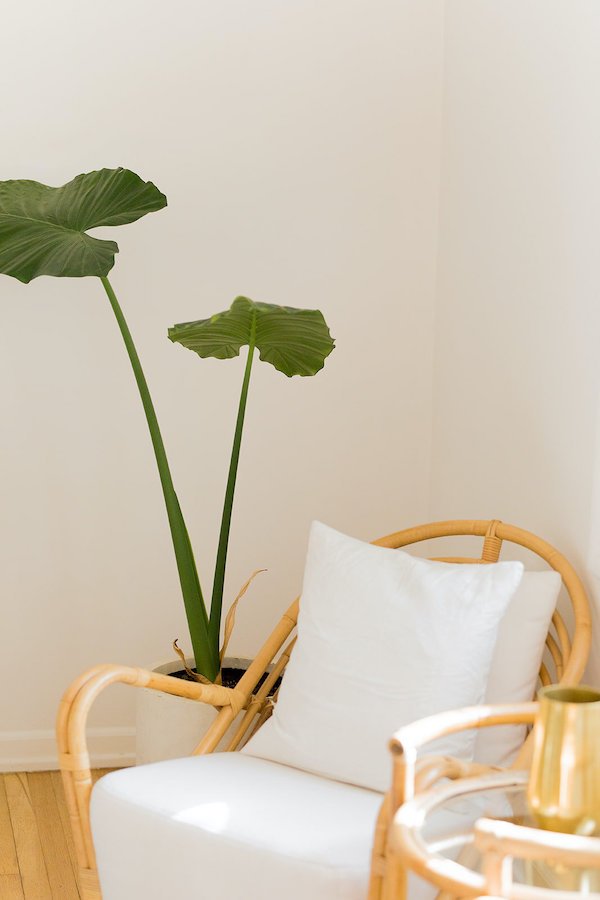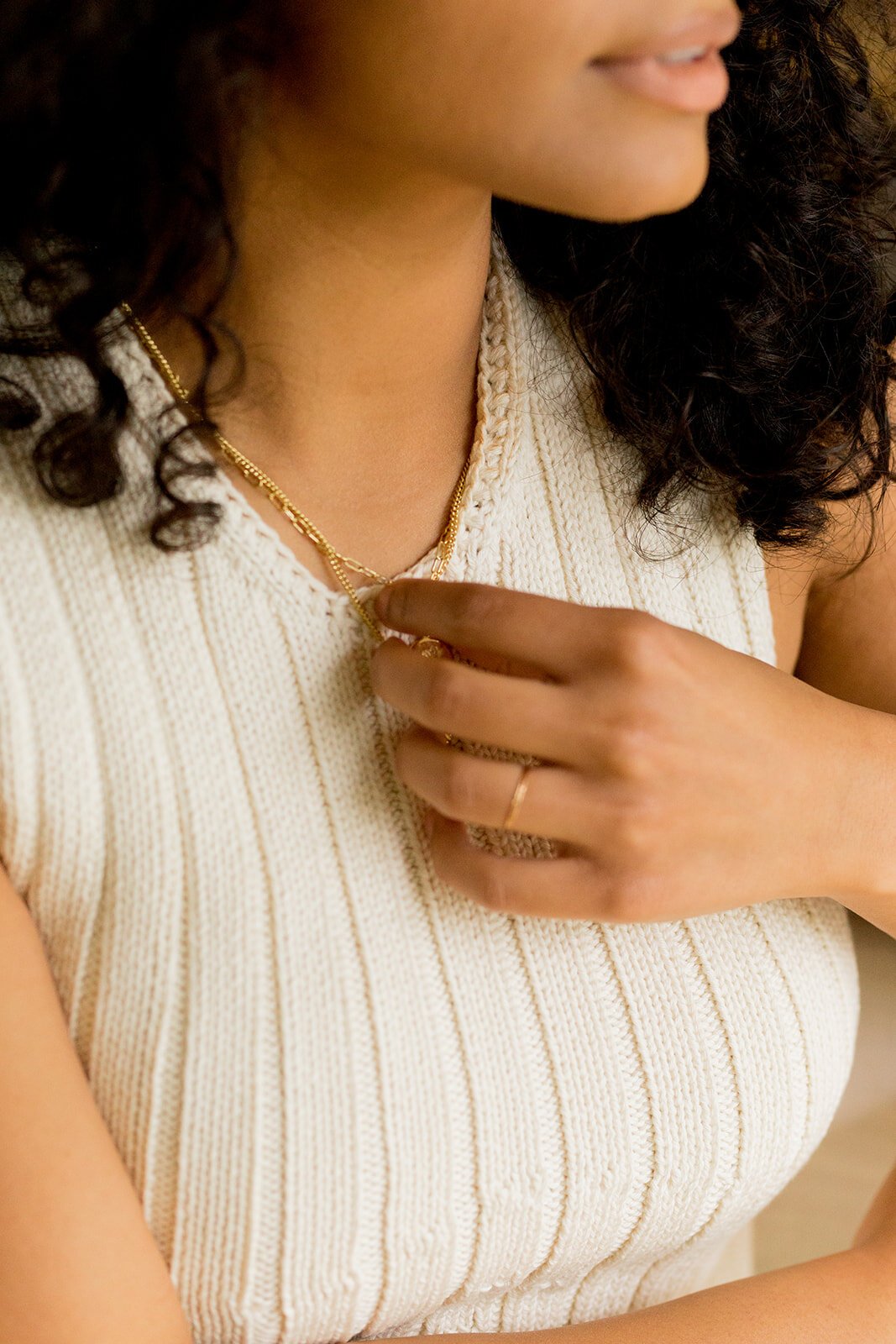
How To Manage Sentimental Clutter
Yes, It Sparks Joy. Now What?
Once a year, my partner and I have, let’s call it, a “heated discussion” about the ways in which we respectively choose to rid ourselves (and our shared home) of objects.
I consider myself more thoughtful than sentimental; rather than saving, say, every birthday card my family has ever given me, I keep the ones in which they hand-wrote something that feels timeless and meaningful. I also hold on to things that feel as if they capture the moment: not every magazine, but the ones that are no longer in print. Not every newspaper, but the ones with headlines announcing history. Not every DVD and CD—I don’t even own an apparatus to play either!—but at least one of each to remember, years from now, how we once consumed such art.
“How can we honor the pieces that hold meaning for us, without banishing them to a box in the basement?”
In 2019, when Netflix debuted “Tidying Up with Marie Kondo,” viewers were encouraged by the eponymous organizing consultant to declutter our spaces by determining which items “sparked joy” in us. And so we did! (Much to the dismay of donation centers around the world.) Even here at The Good Trade, we’ve discussed how to let go of sentimental objects (and past relationships).
But not everything should be donated or disposed of; once we’ve parsed and pared down our belongings, mindfully resolving what we rightfully want to keep, what happens then? How can we honor the pieces that hold meaning for us, without banishing them to a box in the basement? We asked a few experts for tips!
Document & Display Them
While this tip might seem the most obvious, it’s not always the easiest. We often want to create more space, not less, so being mindful of how we archive and exhibit our pieces can be as important as the pieces themselves.
For objects that don’t lay flat, shadow boxes are best. Says certified professional organizer (CPO) Sara Bereika of Sara Jane Organizing, “They protect the item and give you the ability to hang it on the wall, which often helps make room in any home.”
For pieces that can’t be saved or shelved, she suggests taking photographs, adding that over time, it can become clearer that the object itself wasn’t necessarily important, but the memory it brings instead. Once documented digitally or on film, we can compile the photos into an album or scrapbook that can be displayed proudly in our homes and shared with others.
“For items that are too important to be boxed or book-bound, it’s recommended they be given the altar they deserve.”
We can also write about our belongings, even if we don’t consider ourselves wordsmiths. “Write about how the object makes you feel, what it symbolizes, how it helps you when you’re feeling down, where it came from,” says Bereika. This can make it easier for both ourselves and others to understand their significance.
And for items that are too important to be boxed or book-bound, it’s recommended they be given the altar they deserve. We can create a space in our home, even a small one, that’s sacred and special—here are a few tips on how to do so—and we can adorn it with our most prized possession. “Build a shrine,” Bereika says. “Give it a space where you can honor it regularly.” After all, isn’t that why we want to keep them?
Repurpose Them
We’re big fans of upcycling: the process of repurposing unwanted, wasteful, or fruitless items. (In fact, here’s how we’re giving new life to our old sauce jars and sweaters.) While the practice of upcycling is often steeped in sustainability as a means to curbing our carbon footprints, it can just as easily be applied to some of our beloved belongings. “Try to find creative and practical ideas for them,” says New Jersey-based psychologist Dr. Nikki Lacherza-Drew.
“Turn old t-shirts from friends and family members into pillow covers.”
For example, we can turn old t-shirts from friends and family members into pillow covers. We can use the collars of our departed pets as “ribbons” around plant pots. And Bereika adds that even jewelry gems can be made from a loved one’s ashes. (“It takes up less space and you can wear it wherever you go,” she notes.)
A few of our editors have even been gifted wine labels and Coke bottles that their partners upcycled in the sweetest of ways! 😊
Pass Them Down to A Loved One
Sentimental clutter is the hardest form to address, acknowledges fellow CPO Diane N. Quintana, who also specializes in chronic disorganization. “Many times people don’t even like the items, but [they] express guilt over not wanting the object.” While it can feel easy to part with objects that are in poor condition or beyond repair, Quintana believes the farewell process can be just as painless if the pieces go not just to someone we know, but to someone we know who wants them.
“Honor the pieces by sharing their tales.”
She proposes throwing a giveaway party. To host, we can invite friends, prepare snacks and drinks, and display the pieces we’re ready to part with—much like we would for a yard sale but without the price tags.
Bereika agrees and suggests that the invitees be people who value our feelings, would be willing to participate, and/or share in the memories that the objects hold. For example, she and her sister split their grandmother’s china. “It was a large amount and very sentimental to us because of how she acquired it,” she says. However, neither needed the entire collection, so they divided it evenly and can now both enjoy it—with room to spare.
This gives us a chance to honor the pieces by sharing their tales. “Celebrate [the item] by telling the story of who it belonged to and how it came to be in your possession,” says Quintana. “Then give it to the person who wants it.”
And if the idea of hosting something so ceremonial feels over-the-top, “perhaps you aren’t as attached as you might think,” says Bereika.
“There is always more than one way to honor a memory.”
Sentimental items are ones that we assign value to, the ones often interwoven with emotion or tradition. And whether we decide to keep them in our daily orbit, or clear them for the purpose of decluttering or closure, we can do so without guilt. There is always more than one way to honor a memory.
Danielle Cheesman is the Partnerships Lead at The Good Trade. Though born and raised in New Jersey, she’s now based in Los Angeles where you can find her taking pictures, making playlists, or cuddling her pup. Say hi on Instagram!
RELATED READING




